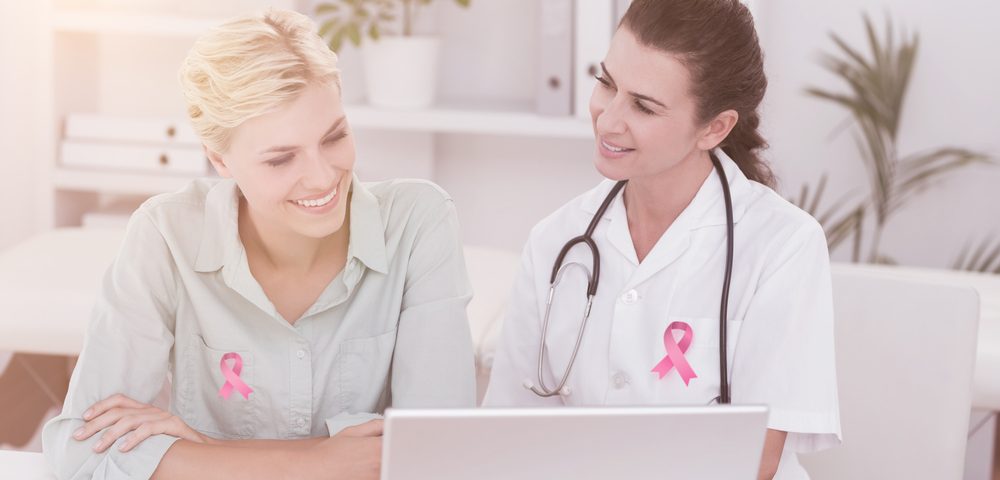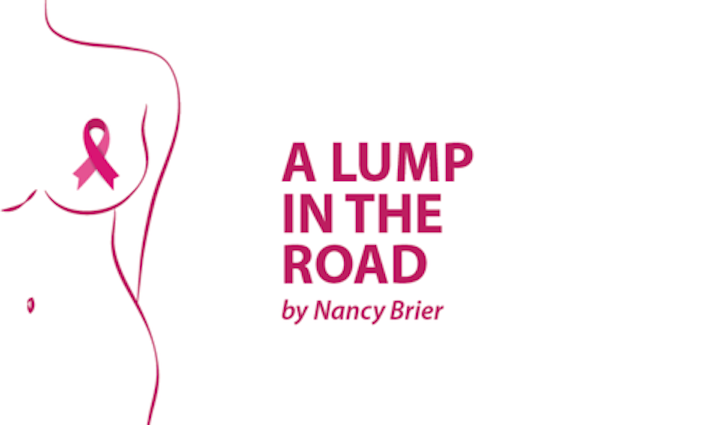“If you don’t have paint, use food coloring,” said my art professor. I’d never heard of that method, but it was a relief. I was 17 years old and taking my first college-level class. My high school class provided art supplies, but this course required students to bring their own. And I was broke.
“Paint’s expensive,” she told us, “and food coloring will work just as well.” So, I squeezed a few drops of liquid color into Dixie cups, added water, and dipped in my brush. Although I willed that weird medium to blend into sunset-y washes, it didn’t work. My colors moved in unpredictable patterns and dried blotchy and faded.
Growing up with four brothers and two sisters, I learned early to be frugal. If a rubber band broke, my dad knotted it and used it again. My mom used margarine tubs instead of Tupperware, vinegar instead of window cleaner, and cotton cloths instead of paper towels. All of us cut our napkins in half before dinner and reused our plastic bags.
For the most part, this philosophy served me well. Frugality — added to hours of babysitting, busing tables, teaching swimming lessons, and cleaning houses — meant that when it was time for college, I had enough savings to pay for most of it.
But in the process, my mind got trapped. During that art class, I took my professor’s word that the supplies I needed were expensive, so I didn’t even explore my options. When the class ended, I saw a “C” on my report card, my first ever — at least, in an art class. If I can’t get an “A” in an introductory class at a crappy college, I thought, I’ll never make it as an artist. The talent I thought I had obviously isn’t there. So, I took a different path.
A few years later, when I was shopping at Walmart, I saw a perfectly acceptable set of watercolors for five bucks, a price even I could have paid. The enormity of my error struck me. I hadn’t explored my options, and in a way, I let someone else derail my future.
Those cheap paints taught me with stinging force that small decisions can have a massive impact on life’s trajectory. But they also taught me a new way to think.
With a shopping cart of carefully selected bargains at my side, I slid my fingers along those watercolors and decided I’d never again be fooled into limiting my options. It’s a mentality that helps me succeed now as an entrepreneur, and it saved my life during cancer treatment.
When my husband and I discovered a lump in my breast, I saw a doctor the next morning. “Don’t worry about it,” she said. “It doesn’t meet the characteristics of cancer.” That didn’t sound right, so from the parking lot, I examined my options and scheduled a mammogram anyway. A short time later, I learned I had triple-negative breast cancer that spread to my lymph nodes and sternum.
Then I saw an oncologist. “You can’t afford chemo,” he said, “and without it, you’ll be dead within three months.” My diagnosis coincided with the onset of the Affordable Care Act, and the new law rendered my family’s health insurance invalid. That oncologist said I’d run out of time before I could resolve the red tape, but we forged ahead anyway and explored other options.
My next appointment was with a surgeon. She pressured hard for scheduling a mastectomy the following morning, but I needed more time. I took it.
Ultimately, I managed to get the lifesaving chemotherapy I needed and then had a nipple-saving lumpectomy that delivered the same statistical outcome as a mastectomy.
All those high-powered healthcare experts I saw dedicate their lives to healing people, and their level of expertise is amazing. But I have expertise, too. I’ve learned to trust and respect it. I may have missed my chance for an “A” in an entry-level art class, but the lesson I learned from that experience helped me save my life.
If I can offer advice to newly diagnosed breast cancer patients, it’s to explore your options. Question your doctors. Investigate alternatives. Find out what other cancer patients are doing. Research with passion and curiosity.
Do you want to save your hair? Avoid a mastectomy? Protect your nipple? These options might be possibilities for you, but you have to ask. Five dollars stood between me and a possible career as an artist, but ultimately, that’s a small price tag for a better way to think and the chance to save my life.
***
Note: Breast Cancer News is strictly a news and information website about the disease. It does not provide medical advice, diagnosis, or treatment. This content is not intended to be a substitute for professional medical advice, diagnosis, or treatment. Always seek the advice of your physician or other qualified health provider with any questions you may have regarding a medical condition. Never disregard professional medical advice or delay in seeking it because of something you have read on this website. The opinions expressed in this column are not those of Breast Cancer News, or its parent company, BioNews Services, and are intended to spark discussion about issues pertaining to breast cancer.


